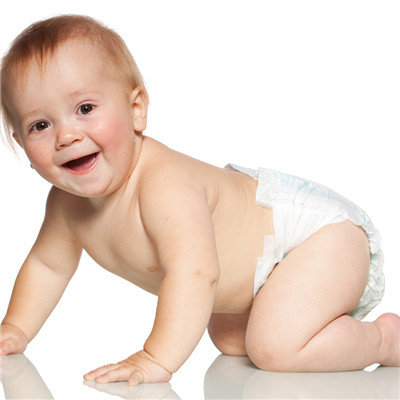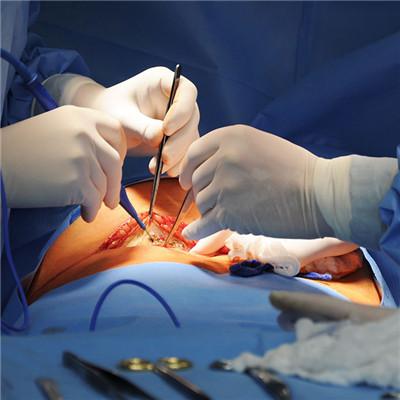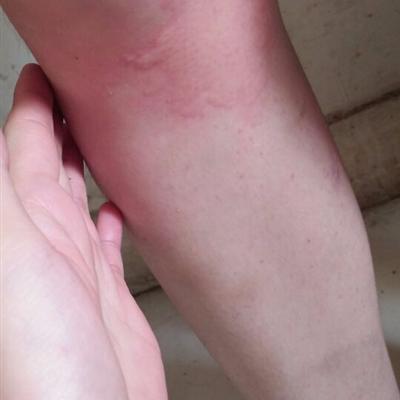Symptoms of ventricular septal defect in infants
summary
When we talk about ventricular septal defect, more mothers don't understand it very well. In fact, the occurrence of the disease will bring harm to many babies' hearts and affect their development. There will be more symptoms when the disease appears. We should pay attention to it. Let's recognize the main symptoms of ventricular septal defect.
Symptoms of ventricular septal defect in infants
First of all: ventricular septal defect (VSD) is the most common congenital heart disease in children (referred to as congenital heart disease), accounting for about 30% - 50% of the total number of congenital heart disease, is due to the heart in embryonic development, ventricular septal development disorder. The defect may exist alone or coexist with pulmonary artery stenosis, atrial septal defect, patent ductus arteriosus and transposition of the great arteries. This disease is more common in boys. The heart has four chambers, right atrium and tricuspid valve between right ventricles; There is mitral valve between left atrium and left ventricle; There is a thick septum between the left and right ventricles, which is called ventricular septal defect. Ventricular septal defect (VSD) of congenital heart disease (CHD) is a kind of hypoplasia caused by various reasons during the embryonic period, which forms abnormal traffic at the ventricular level and causes left to right blood shunt, that is, blood flows from the high pressure chamber of the left ventricle to the low pressure chamber of the right ventricle through the abnormal channel of the interventricular septum.

Secondly, heart murmur is the main sign, ECG showed left ventricular hypertrophy, cardiac X-ray showed enlarged heart shadow, enlarged left heart, increased pulmonary blood, echocardiography can make a clear diagnosis. Ventricular defect is divided into perimembranous defect, double artery defect and muscular defect. The subarteriolar type could not be closed naturally, but the muscular and membranous ventricular defects could be closed naturally. Therefore, if the defect is small, does not affect the development of children, no recurrent pneumonia, heart failure, no severe pulmonary hypertension, can be in the doctor's follow-up, waiting for 2 years old review, about 30-40% can be self-healing. If it can't be closed, the operation should be considered. However, if in infancy, recurrent pneumonia, cardiac distress, drug difficult to control, or with severe pulmonary hypertension, surgery should be performed within 1 year old. Some cases of acute pneumonia with severe heart failure can also be treated by emergency operation. The results of the operation are satisfactory. The non-surgical interventional closure of the catheter is still under investigation, which is suitable for muscular defect.

Finally: ventricular septal defect can occur in any part of the ventricular septum, the size of the defect varies from 0.2 cm to 3.0 cm in diameter. In medicine, ventricular septal defect is generally divided into small, medium and large defect. Small defect is less than 0.5cm; 0.5-1.0 cm was medium defect; Larger than 1.0 cm is a large defect. Ventricular septal defect (VSD) is usually a single defect, and several defects may exist at the same time. In children with medium to large ventricular septal defect, a large amount of blood flows from the left ventricle to the right ventricle (because the systolic pressure of the left ventricle is significantly higher than that of the right ventricle) at the ventricular level, resulting in the decrease of left cardiac output and the increase of pulmonary circulation blood volume and volume load in the ventricle. The results will inevitably affect the growth and development of children, and often have symptoms in infancy, such as emaciation, fatigue and heart failure Hyperhidrosis, shortness of breath, often interrupted due to shortness of breath during feeding, slow weight gain, pale complexion, etc. In addition, children with ventricular septal defect are prone to recurrent tracheitis, bronchopneumonia, cough, recurrent upper respiratory tract infection or lung infection. Respiratory tract infection is more frequent in cold season. If children are found to have paroxysmal dyspnea and irritability at night, they should be alert to the possibility of congestive heart failure. At this time, parents must take their children to the hospital for diagnosis and treatment.

matters needing attention
1. When we realize the above knowledge, we know what the symptoms of ventricular septal defect disease are. This disease will bring quite serious harm to more children, and it is a congenital disease, so mothers must pay attention to their quality of life during pregnancy, and carry out the relevant prevention work of this disease. 2. The prognosis of patients with small ventricular septal defect is good, and their natural life span is even over 70 years old; Small defects may even close before the age of 10. The patients with large defect can have heart failure when they are 1-2 years old. The prognosis of patients with pulmonary hypertension is poor. Timely surgical treatment can generally achieve the same effect as normal people.















